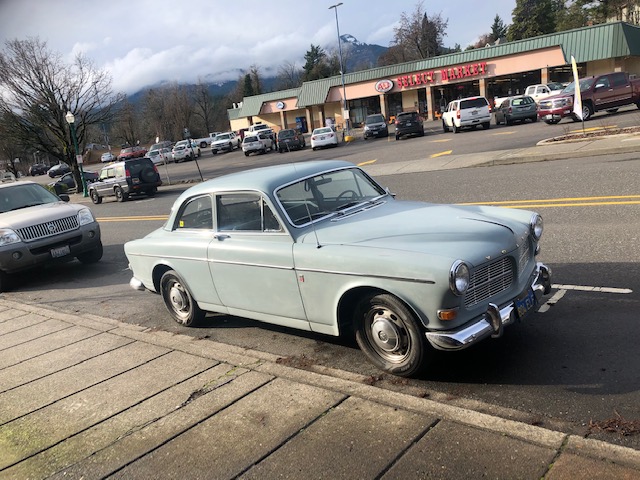
It costs real money to turn a classic car into a fun driver.
Our 1965 Volvo 122S was a case in point. It was a decent car, but it still needed nearly $10,000 spent on it before it was enjoyable to take down the road.
With any old car you acquire, my advice is that you spend what it takes to make it stop, start and turn well. When these cars were new, they were “fun to drive” compared to their compatriots. Imagine a 1965 Volvo vs. a 1965 Chevy Impala.
But over the years, any car degrades. What I have found cars most commonly need is all the suspension bushings replaced, and new shocks along with modern performance springs that are slightly lower and stiffer. They can benefit from a stiffer front sway bar, and with some cars the addition of a rear bar is a plus as well.
The goal is not to turn these cars into street-legal autocross machines, but to put them into a condition where they are fun to drive on a curvy two-land road at the speed limit.
At the same time I am having the suspension done, I almost always have the driver’s seat restuffed. Passenger seats rarely have any degradation of the foam stuffing, but driver’s seats always sag. You will be amazed at the difference there is in your driving position with a redone front seat. You will be more comfortable and have a much better seating position being raised up at least three inches from where you started.
I have followed this program with every classic I have purchased. Every one of my Alfas got the suspension treatment. The three 1974 MGBs I bought for the SCM “Road to Reno” road trip all got complete suspension work.
This is not cheap, but once you embark on the path you can’t stop.
This is the way I look at it: If I only get to drive my classic once a month, on that one day don’t I want it to handle in a satisfactory way? It’s no fun to take out an evil-handling classic with clunks coming from all four corners.
The cost of the modifications and upgrades are not related to the value of the car. A fresh suspension on a $175,000 1965 Giulia Spider Veloce will set you back the same as one on a $25,000 1974 Berlina. Be prepared to spend $10,000 on these upgrades, and be pleased if you get change back.
I have been accused of overspending on my old cars. The bill for the suspension work and some other stuff on the 122S was nearly $10,000.
That included $2,500 for purchase and installation of seat recliners sourced from a 123 GT. The bolt upright position of the seatback made the car nearly undriveable. (How was I supposed to know the stock 122 seats didn’t recline?) It was worth the money – nearly 25% of the purchase price – to dramatically improve the driving position.
After my purchase price, shipping to Portland from L.A. and nearly $10,000 in upgrades, when the Volvo sold for about $18,000 net to us, we lost a few thousand dollars.
However, the miles we did put on the car were delightful ones, as the car was so well-prepped for the road.
I always view money I lose on a car as “tuition” – there is no way to really learn about a car without owning one yourself.
My advice is to stay away from cars that need paint or rust-repair or major interior work. Avoid those with intolerable mechanical needs (popping out of 2nd gear, for instance).
Don’t try to buy the cheapest “ran when parked” example you come across. Once you have it, start refurbishing it for your driving pleasure (not for concours) and don’t add up the amount of money you are spending.
Spend what it takes to make it drive like it did when it was close to new. Don’t settle for rattles and clunks and poor brakes and steering. Make the car fun to drive, and your investment will come back to you many times over.
If you lose a little money, just think of it as a substitute for a week-long vacation in Hawaii with the payoff being you had a fun classic to drive and enjoy during the process.
-
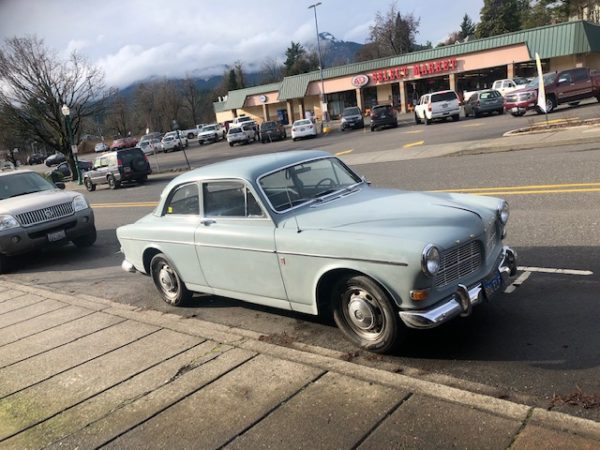
Volvo 122S slightly lowered by modern springs -
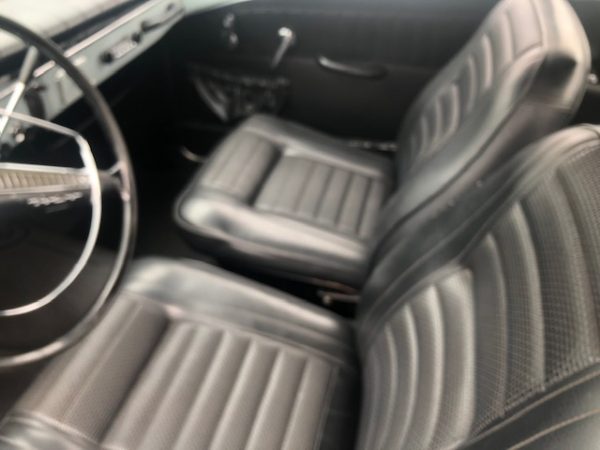
Reupholstered front seat in Volvo 122S -
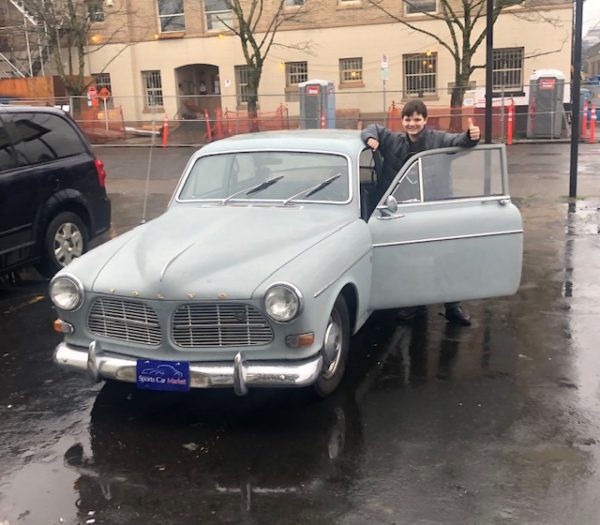
Happy car makes happy memories -
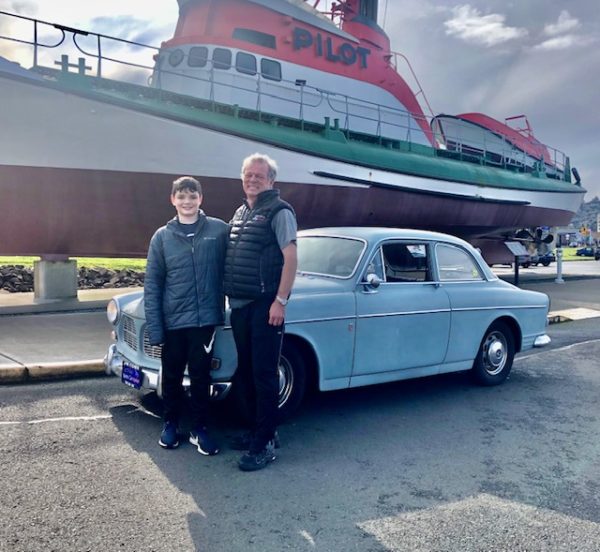
Fun to drive -
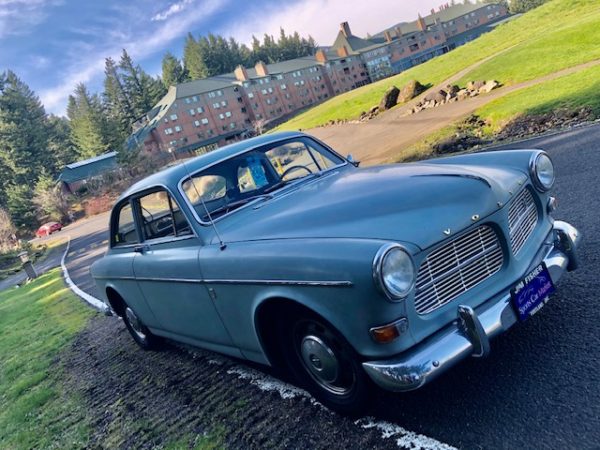
On the road
Hi Keith, Great column…great advice. I will be tracking you down when you arrive on Amelia Island this week. I live here and look forward to a quick…”hey Keith…love your publication and sometimes your columns. “Sometimes” being the operative word. See you this week.